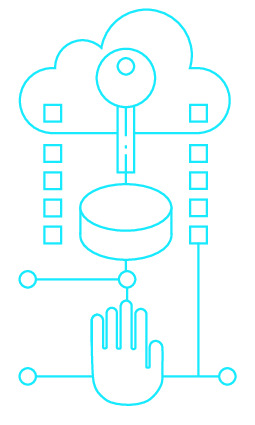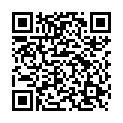|
|
|
| Module code: PIM-WI55 |
|
|
2V+4P (6 hours per week) |
|
8 |
| Semester: 1 |
| Mandatory course: no |
Language of instruction:
German |
Assessment:
Written exam, project
[updated 26.02.2018]
|
KI744 Computer Science and Communication Systems, Master, ASPO 01.04.2016
, semester 1, optional course, informatics specific
KIM-VMPA (P221-0148) Computer Science and Communication Systems, Master, ASPO 01.10.2017
, semester 1, optional course, informatics specific
PIM-WI55 (P221-0147) Applied Informatics, Master, ASPO 01.10.2011
, semester 1, optional course, informatics specific
PIM-VMPA (P221-0148) Applied Informatics, Master, ASPO 01.10.2017
, semester 1, optional course, informatics specific
PIM-VMPA (P221-0148) Applied Informatics, Master, SO 01.10.2026
, semester 1, optional course, informatics specific
|
90 class hours (= 67.5 clock hours) over a 15-week period.
The total student study time is 240 hours (equivalent to 8 ECTS credits).
There are therefore 172.5 hours available for class preparation and follow-up work and exam preparation.
|
Recommended prerequisites (modules):
None.
|
Recommended as prerequisite for:
PIM-WI52 Shape Analysis
[updated 17.01.2008]
|
Module coordinator:
Dr.-Ing. Jörg Herter |
Lecturer:
Dr.-Ing. Jörg Herter
[updated 08.07.2007]
|
Learning outcomes:
Students will become acquainted with the concept of and motivation behind virtual machines using the CMa as an example.
Students will be able to translate C code to CMa code.
Students will be familiar with the most important program analyses (available expressions,
interval analysis, constant propagation, dead variables, etc.).
Students will be able to work out the (fixed-point) algorithms used in program analysis:
naive fixed-point iteration, round robin, worklist, recursive iteration.
Students will understand the mathematics behind the methods of analysis, in particular
the concept of complete lattices.
State-of-the-art analyzers will be used in the project
"Statische Analyse von sicherheitskritischem C-Code" to analyze code
used in industry. Students will gain insights into which analyses
are technically possible and how the development/programming style of
safety-critical software (e. g. from the aerospace or automotive
industry) differs from the development of
"normal software".
[updated 26.02.2018]
|
Module content:
1. Introduction (high-level programming languages, implementation of programming languages)
2. The architecture of CMa
3. Translating simple C language elements
4. Translating structs
5. Translating functions
6. Introduction (program analysis and transformations)
7. Operational semantics/CFGs
8. Not available and available expressions
9. Fixed point iteration: naive, round-robin, worklist and recursive iteration
10. Mathematical background (How can we prove that our analysis provides the best results resp. even terminates?)
11. Live, dead and strongly live variables
12. Equality of variables
13. Constant propagation and interval analysis
[updated 06.09.2018]
|
Recommended or required reading:
R. WILHELM, H. SEIDL: Übersetzerbau. Virtuelle Maschinen
H. SEIDL, R. WILHELM, S. HACK: Übersetzerbau. Analyse und Transformation
F. NIELSON, H. NIELSON, C. HANKIN: Principles of Program Analysis
P. COUSOT, R. COUSOT: Abstract interpretation: a unified lattice model for static analysis of programs by construction or approximation of fixpoints
[updated 26.02.2018]
|
Module offered in:
WS 2018/19,
WS 2017/18,
WS 2016/17,
WS 2015/16,
WS 2014/15,
...
|


